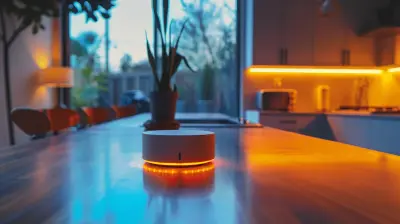The Impact of Electric Vehicles on the Power Grid
22 August 2025
So, you're thinking about electric vehicles (EVs), right? Maybe you've already got one in your driveway. They’re quiet, clean, and kind of futuristic. But here’s the thing—while EVs are definitely revolutionizing transportation, they’re also shaking things up behind the scenes. One of the biggest areas feeling the pressure? The power grid.
Yep, that unsung hero humming quietly in the background is now being pushed into the spotlight. And let’s be honest—the grid wasn’t exactly built with millions of electric cars in mind.
In this deep dive, we’ll unpack how EVs are impacting the power grid, what challenges we're facing, and how smart solutions are paving the way forward.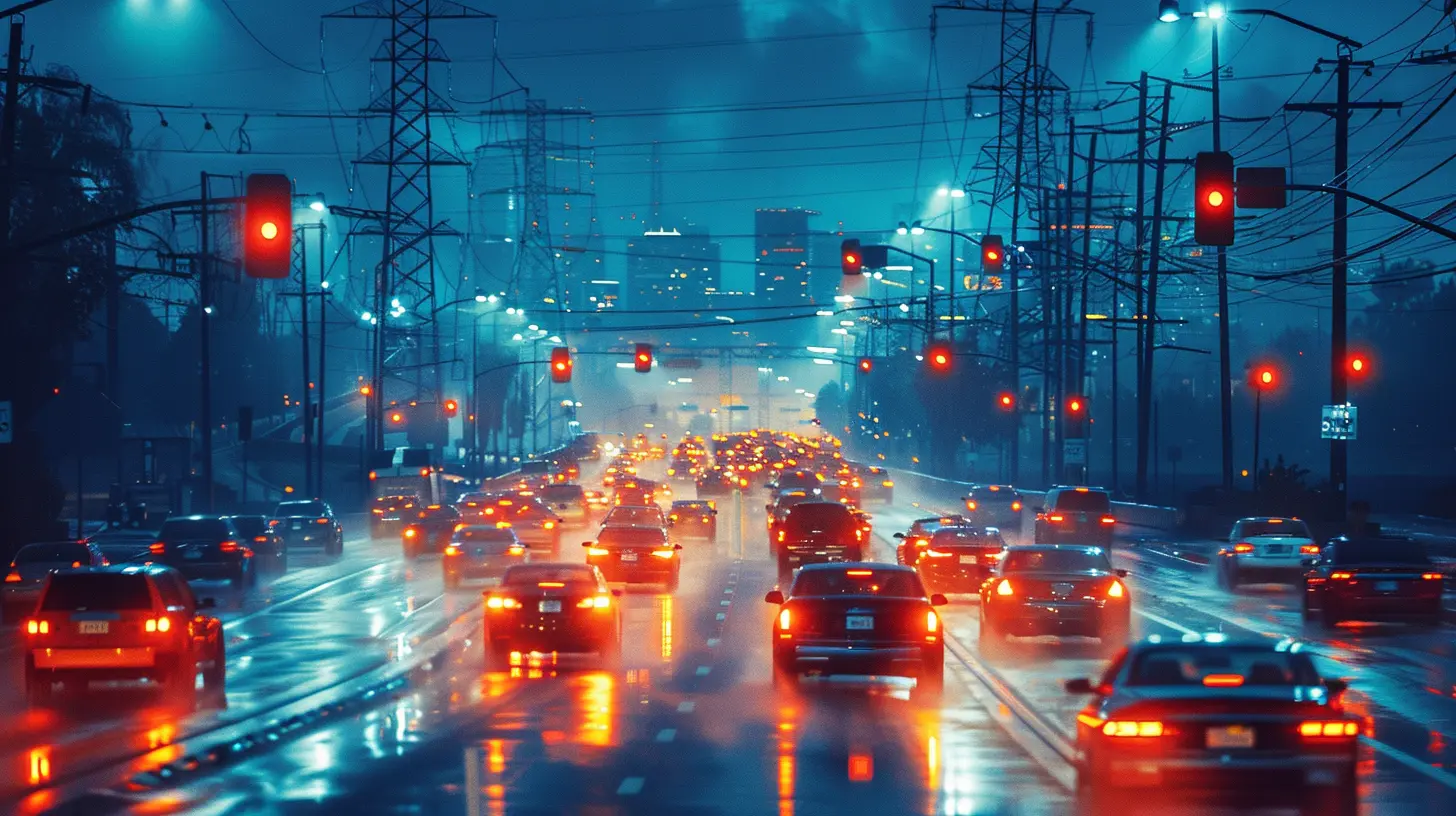
⚡ First Things First: What Is the Power Grid?
Before we get into the juicy part, let's make sure we’re on the same page. The power grid is basically a giant, complex system that moves electricity from where it's produced (like power plants) to where it’s needed (like your home, office, or that EV charger at the mall).It's made up of:
- Power generation plants (think coal, wind, solar, and nuclear)
- Transmission lines (those big metal towers stretching across the countryside)
- Distribution systems (your neighborhood power lines)
- End-users (like you and me, and our hungry EVs)
The grid’s job? Keep the balance between electricity supply and demand—24/7, rain or shine.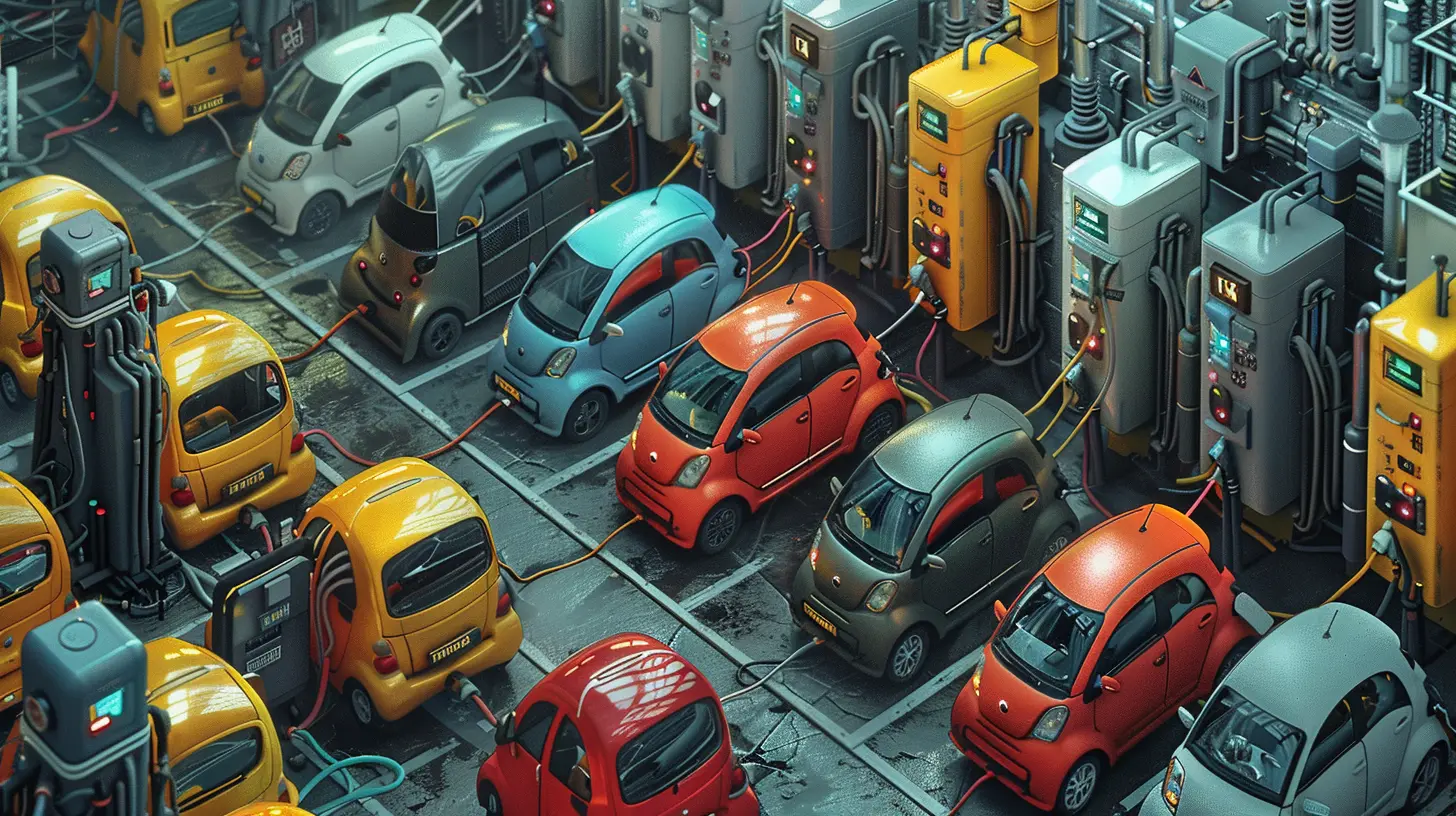
🚘 How Electric Vehicles Are Shifting the Energy Game
EVs don’t sip gas—they gulp electricity. That simple shift from combustion engines to battery-powered motors changes everything.Let’s break it down:
📈 Increased Electricity Demand
Think about it. Charging an EV is kind of like plugging in an extra fridge—or three. Multiply that by millions of cars, and we’re talking a serious jump in electricity usage.Now imagine everyone comes home from work, plugs in their EVs at the same time... Boom. That's a massive spike at the exact moment the grid is already under stress from evening demand.
This pattern isn’t just theoretical. Utilities are already seeing these surges in places where EV adoption is high.
🕒 Peak Load Pressure
The grid has a “rush hour” just like traffic. Usually, it's early evening when people cook dinner, turn on the A/C, and... yep, plug in their cars.These peaks put extra strain on the system. If we’re not careful, that could lead to brownouts or failures. Utilities might have to build out more infrastructure just to handle a couple hours of high usage.
🔁 Unpredictable Charging Behavior
Here’s the kicker: most drivers aren’t charging their cars in a coordinated way. One driver's topping up daily; another waits until they're almost empty.This randomness makes it harder for grid operators to predict when and where demand will spike. And let’s not forget fast chargers—those can draw as much power as a small apartment building!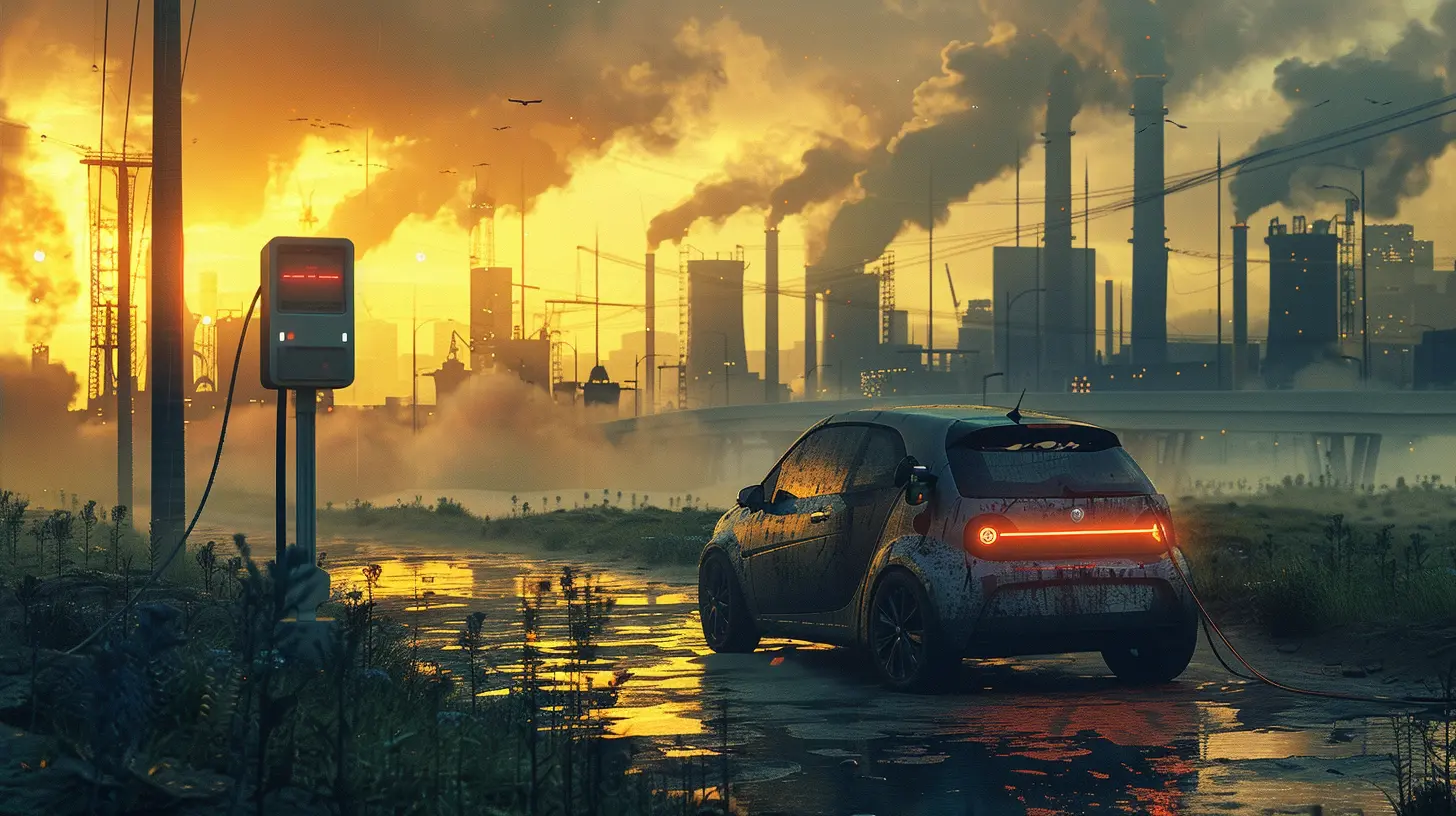
💡 The Good News: EVs Can Actually Help the Grid
Wait—EVs helping the grid? Yep. It’s not all doom and gloom. In fact, if we play our cards right, EVs might just be the grid’s best friend.Let’s flip the script:
🔋 Vehicle-to-Grid (V2G) Tech
Imagine your car’s battery isn’t just a one-way street. With V2G, EVs can actually send electricity back to the grid. Think of it like a swarm of mini power plants on wheels.During peak hours, thousands of EVs could feed power back into the system, then recharge during off-peak times when demand is low.
Smart, right?
It’s like your car becomes part of the grid’s team.
🧠 Smart Charging Solutions
Smart chargers are game-changers. They can delay or slow charging during high-demand periods and ramp it up when electricity is cheaper or cleaner.Some even adjust charging based on real-time signals from the grid. That means the grid stays stable, and you still get a full battery by morning. Win-win.
🌞 Grid Integration with Renewables
EVs and renewable energy sources like solar and wind are a match made in eco-heaven.Solar panels often produce too much power during the day when demand is low. What if EVs could soak up that extra energy and store it for later? That's exactly where the future is headed.
EVs can help smooth out the volatility of renewables—charging up when the sun is shining, and even feeding that clean energy back at night.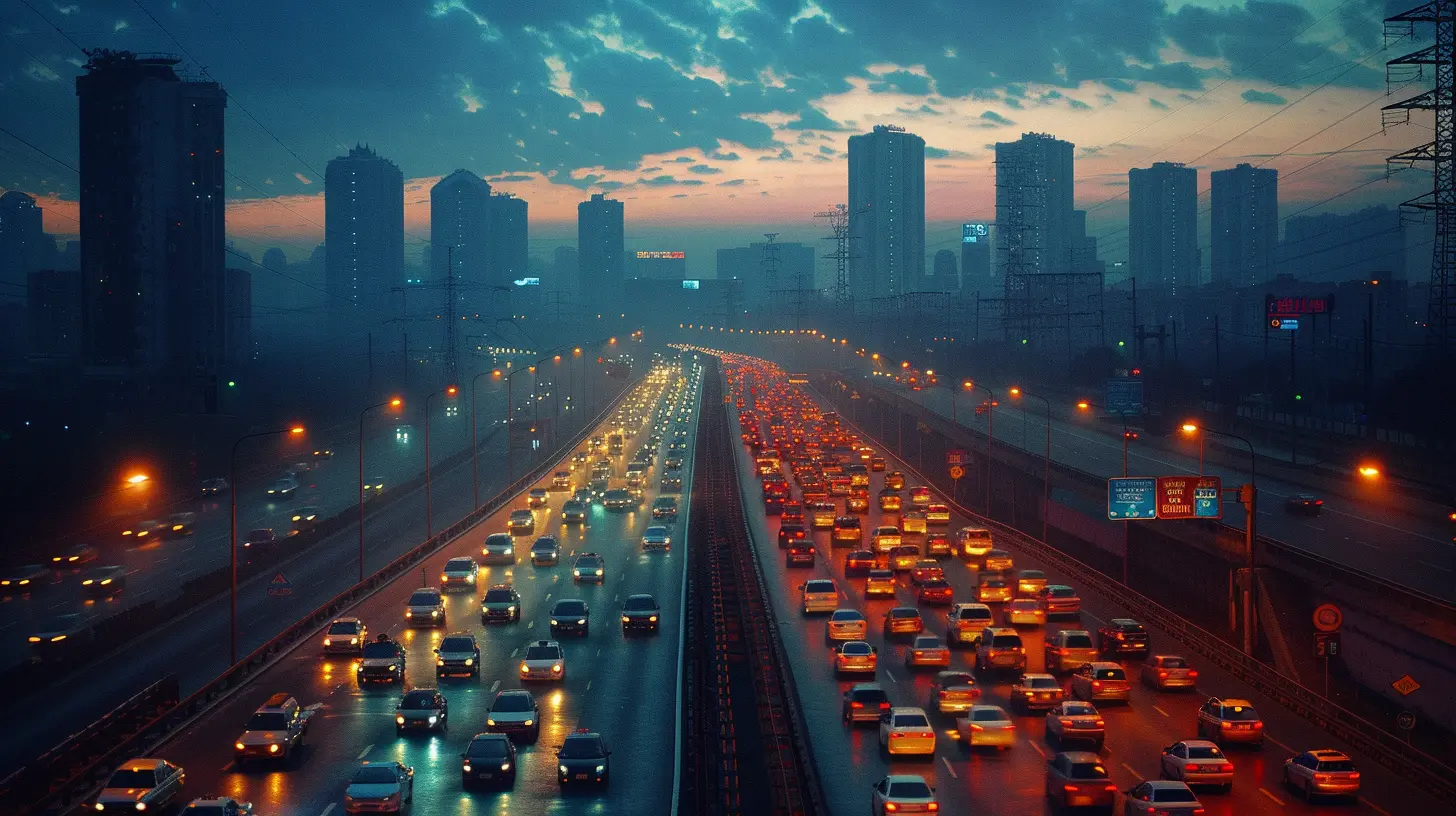
🌍 Regional Challenges: Not All Grids Are Created Equal
Let’s not forget—this isn’t a one-size-fits-all situation.🗽 Urban vs Rural Grids
Cities might have the infrastructure to add EV chargers easily. But rural areas? Not so much. Transformer capacities, line limitations, and older hardware make EV adoption tricky.🌡️ Climate Matters
EVs can also impact the grid differently depending on the climate. In cold areas, batteries are less efficient. In hot zones, A/C usage spikes alongside EV demand. That compounds the pressure.📊 EV Density Varies
Places like California and Norway have tons of EVs—and visible grid impacts. Other regions might be years away. So solutions need to be tailored, not copy-pasted.💰 Infrastructure Investment: Who's Paying for What?
Here's the big question: who foots the bill for all the upgrades needed to support EVs?Government incentives play a huge role, but utilities, automakers, and even homeowners might need to chip in.
Some key areas where investment is needed:
- Upgrading transformers and substations
- Installing public fast-charging networks
- Expanding renewable generation
- Developing smart grid tech and battery storage
It's a big tab, but the long-term benefits—less pollution, lower maintenance, energy independence—are worth every penny.
🛠️ Planning for a Smarter, Stronger Grid
Okay, so how do we prepare?The key is getting ahead of the curve. That means:
📡 Embracing Real-Time Data
Utilities need better tools to monitor and respond in real-time. AI and machine learning can help forecast peak demand, optimize charging schedules, and prevent overloads.🏙️ Community Energy Projects
Local microgrids and community solar projects can take some pressure off the main grid. Pair them with local EV fleets, and you’ve got a neighborhood energy ecosystem.🚗 Incentivizing Off-Peak Charging
Utilities are rolling out time-of-use (TOU) rates, giving drivers a break for charging during low-demand hours. It's like getting a happy hour discount—for your battery.🌐 Collaboration Is Key
This isn’t just a utility issue. Automakers, tech companies, regulators, and EV owners all play a part. Working together means smoother transitions, smarter policies, and better outcomes.🧭 Looking Ahead: The Road to a Greener Grid
The EV revolution is just getting started. By 2030, we could see over 250 million EVs on the road globally. That’s a lot of new demand for electricity—but also a lot of potential for innovation.As the line between transportation and energy blurs, we’ll need smarter policies, adaptive infrastructure, and a grid that can roll with the punches.
But here’s the thing: challenges bring opportunities. With the right tech and teamwork, EVs could become not just a burden to the grid—but a backbone for a cleaner, more resilient energy future.
🔌 Final Thoughts
Electric vehicles are more than just cars—they’re mobile energy devices. While they definitely put new demands on our power systems, they also bring with them a toolbox of solutions.We’re standing at a crossroads. The way we charge, manage, and integrate EVs could either drain the grid—or transform it.
So the next time you plug in your EV, know that you’re not just fueling up—you’re taking part in one of the biggest energy shifts of our time.
all images in this post were generated using AI tools
Category:
Electric VehiclesAuthor:

Ugo Coleman
Discussion
rate this article
1 comments
Liv Flores
Great article! It’s crucial to explore how electric vehicle adoption can drive innovations in energy management and grid resilience for a sustainable future.
August 26, 2025 at 3:50 AM

Ugo Coleman
Thank you! I completely agree—electric vehicles have the potential to transform energy management and enhance grid resilience.

